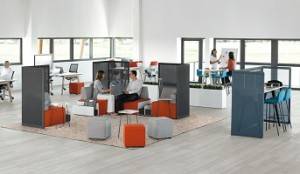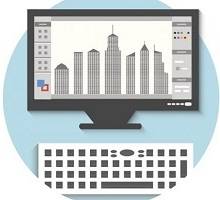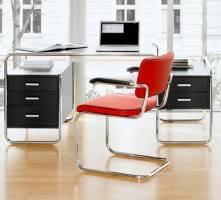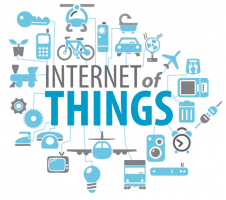April 15, 2014
The six most important dimensions of wellbeing in the workplace
 Designing an office environment using six key elements of wellbeing will benefit both employers and their staff, leading to a healthier, more productive workplace finds a new report. Steelcase’s WorkSpace Futures global research team, which included a psychologist, a designer and an ergonomist conducted an in depth study on existing wellbeing research, surveys, indicators and theories and found that the key to physical and mental wellbeing is the emotional experience, which can be influenced by a person’s surroundings, actions, and way of perceiving the world. The six dimensions of wellbeing that can be impacted by the design of the physical environment are; optimism, mindfulness, authenticity, belonging, meaning and vitality. Together these create what Steelcase refers to as an “interconnected workplace,” that offers employees choice and control over where and how they work. (more…)
Designing an office environment using six key elements of wellbeing will benefit both employers and their staff, leading to a healthier, more productive workplace finds a new report. Steelcase’s WorkSpace Futures global research team, which included a psychologist, a designer and an ergonomist conducted an in depth study on existing wellbeing research, surveys, indicators and theories and found that the key to physical and mental wellbeing is the emotional experience, which can be influenced by a person’s surroundings, actions, and way of perceiving the world. The six dimensions of wellbeing that can be impacted by the design of the physical environment are; optimism, mindfulness, authenticity, belonging, meaning and vitality. Together these create what Steelcase refers to as an “interconnected workplace,” that offers employees choice and control over where and how they work. (more…)
























April 9, 2014
The Wall Street Journal (and others) are wrong about human resources
by Mark Eltringham • Comment, Workplace
(more…)